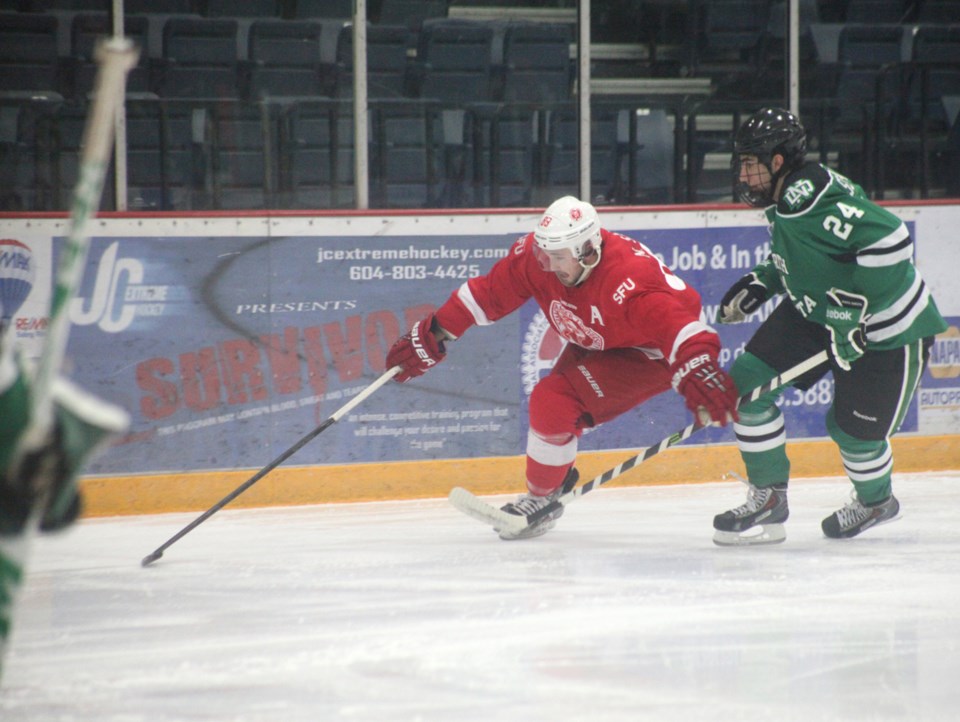While the old Burnaby Lake Arena is set for a full replacement, the newer Bill Copeland Arena next door is also due for a bit of an upgrade to some of its seats.
Built in 1997, the Bill Copeland Arena is set for some replacement seating, according to a request for proposal on the BC Bid website.
“As the seats have gotten older, some in the middle (most-used) sections have broken,” said Dave Ellenwood, director of parks, recreation and cultural services for the City of Burnaby. “We’ve exhausted our supply of spares and we’ve had to start replacing them with seats from one of the corner (least-used) sections in recent years. The original manufacturer is not making these seats anymore. This does not have much of an impact for a few seats, but it is happening more frequently now.”
Ellenwood said the city put out the RFP to replace one corner section - 199 seats in total - which will “make the section whole again and provide us with an interim supply of replacement seats for the middle sections. We will continue to do the seat replacement incrementally in this way to extend the life of the seats to the maximum.”
This will, of course, be good news for anyone who spends a lot of time watching sports in arenas. Better seating is always nice.
The City of Burnaby is also looking to upgrade some of its sports facilities on this site, including replacing CG Brown pool, as well as Burnaby Lake Arena.
“CG Brown Pool and Burnaby Lake Arena were both built in the early 1960s and have reached the end of their useful life,” said a news release in June. “The city plans to replace them with a new aquatic and multi-sport arena facility on the same site within the Burnaby Lake Sports Complex. The goal is to design the best-possible facility to meet the community’s needs today and into the future. Information gathered through a survey – as well as pop-up events and an open house planned for June – will help to inform plans for the new facility.
The project development, feasibility and design work for the new facilities is expected to take approximately 18 months, through 2020. The project budget is being developed during this phase. Construction is expected to begin in 2021, with completion in 2024.



